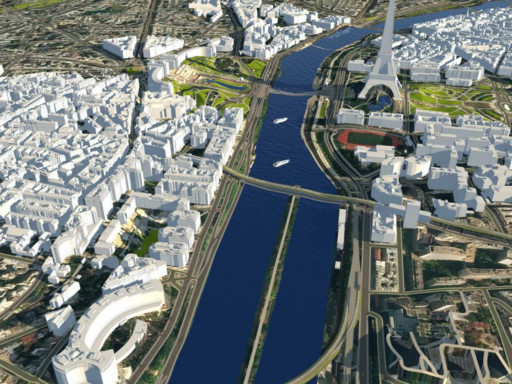What are the BIM Maturity Levels?
The BIM Maturity Levels refer to a set of progressive stages that represent the development and implementation of Building Information Modeling (BIM) within a construction or infrastructure project. These levels provide a framework to assess and measure the sophistication and integration of BIM processes throughout the project lifecycle.
“It is essential to understand how we communicate our projects to assess the benefits of implementing BIM software. The possibilities offered by the use of BIM software for the development of our ideas and projects depend on our own creativity.” – Josefina S., Architect
Understanding the Levels of BIM Maturity
There are typically four recognized BIM Maturity Levels, each indicating a higher degree of BIM utilization and collaboration.
- Level 0 – Initial Stage: th most basic stage, where project teams primarily rely on traditional 2D CAD with limited or no collaboration between stakeholders. Information is typically exchanged in paper or electronic 2D formats.
- Level 1 – Transitional Stage: Involves the adoption of 3D BIM modeling by individual disciplines, enhancing visualization and coordination. However, collaboration remains limited, and data exchange might still occur through 2D documentation.
- Level 2 – Collaborative BIM: diverse disciplines contribute independent 3D models that are merged to form a federated BIM model. While emphasizing interoperability and stakeholder collaboration through Common Data Environments (CDE).
- Level 3 – Integrated and Collaborative Working: The pinnacle of BIM maturity and involves real-time collaboration among all stakeholders on a shared and centralized BIM model. This further enhances the model’s intelligence and overall project lifecycle management.
How does this translate into practical terms?
Embracing BIM maturity levels allows to access a spectrum of advantages for our projects, for example:
- Enhanced collaboration: Foster more effective teamwork by sharing information and ideas in real-time.
- Streamlined workflows: Ensure efficient task completion, resulting in time and resource savings.
- Improved project coordination: Enhance planning and execution, minimizing errors and delays.






